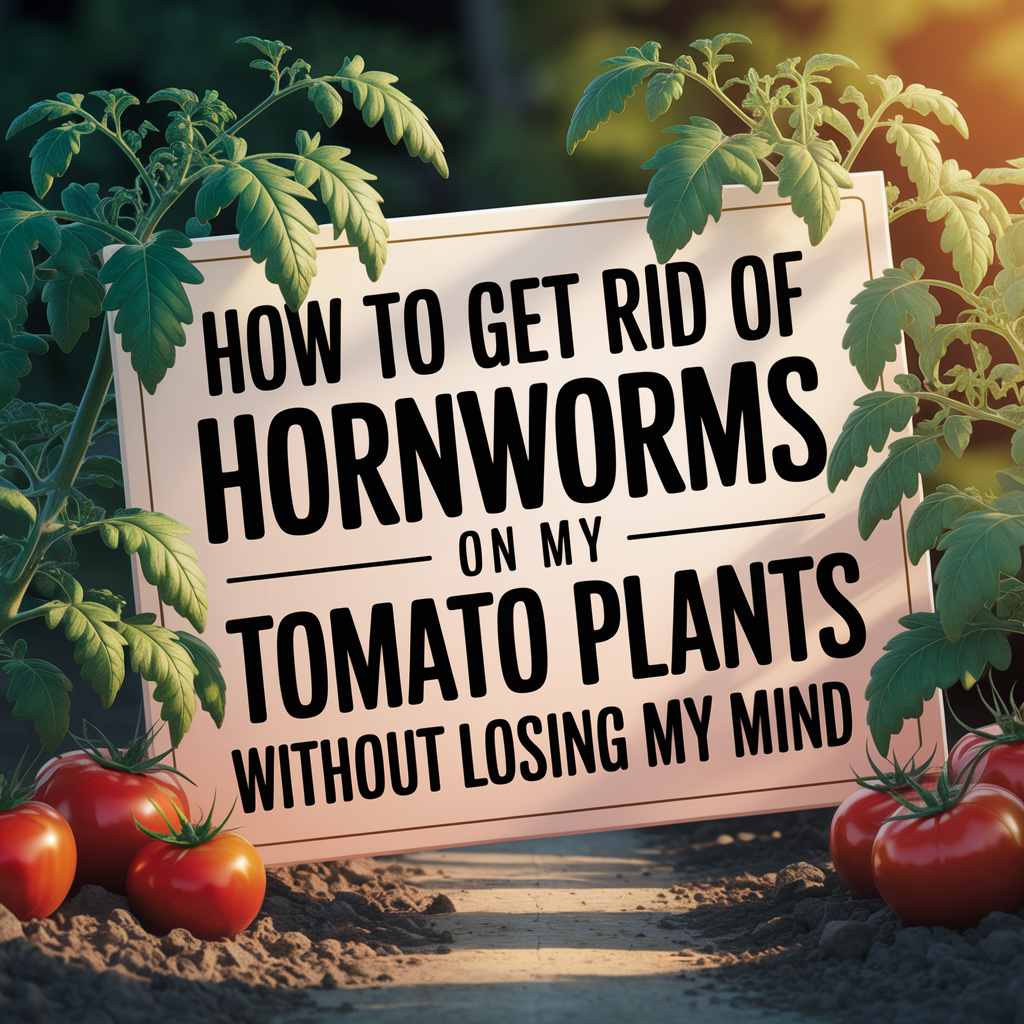
What Are These Giant Green Worms Eating My Tomatoes?
The first time I saw a hornworm on my tomato plants, I nearly jumped back. I thought a small lizard had crawled into my garden — that’s how big and creepy-looking they were. These chunky green worms with their weird little horns were chomping through my tomato leaves like it was an all-you-can-eat buffet.
And what’s worse? They hide so well. I’d walk by the plants thinking they looked fine… until I spotted half a branch stripped down to just stems. That’s when I realized something had moved in — and wasn’t planning on leaving.
If you’ve ever walked out to your garden and wondered why your healthy tomato plant suddenly looks half-dead, you might be dealing with these guys too. And trust me, they don’t just nibble — they devour.
If you’re just starting out with tomatoes, you’re not alone — I’ve made my fair share of rookie mistakes while learning how to grow tomatoes the hard way. If you want to avoid some of the messes I ran into, check out my post about my early tomato growing mistakes and how I turned it all around.
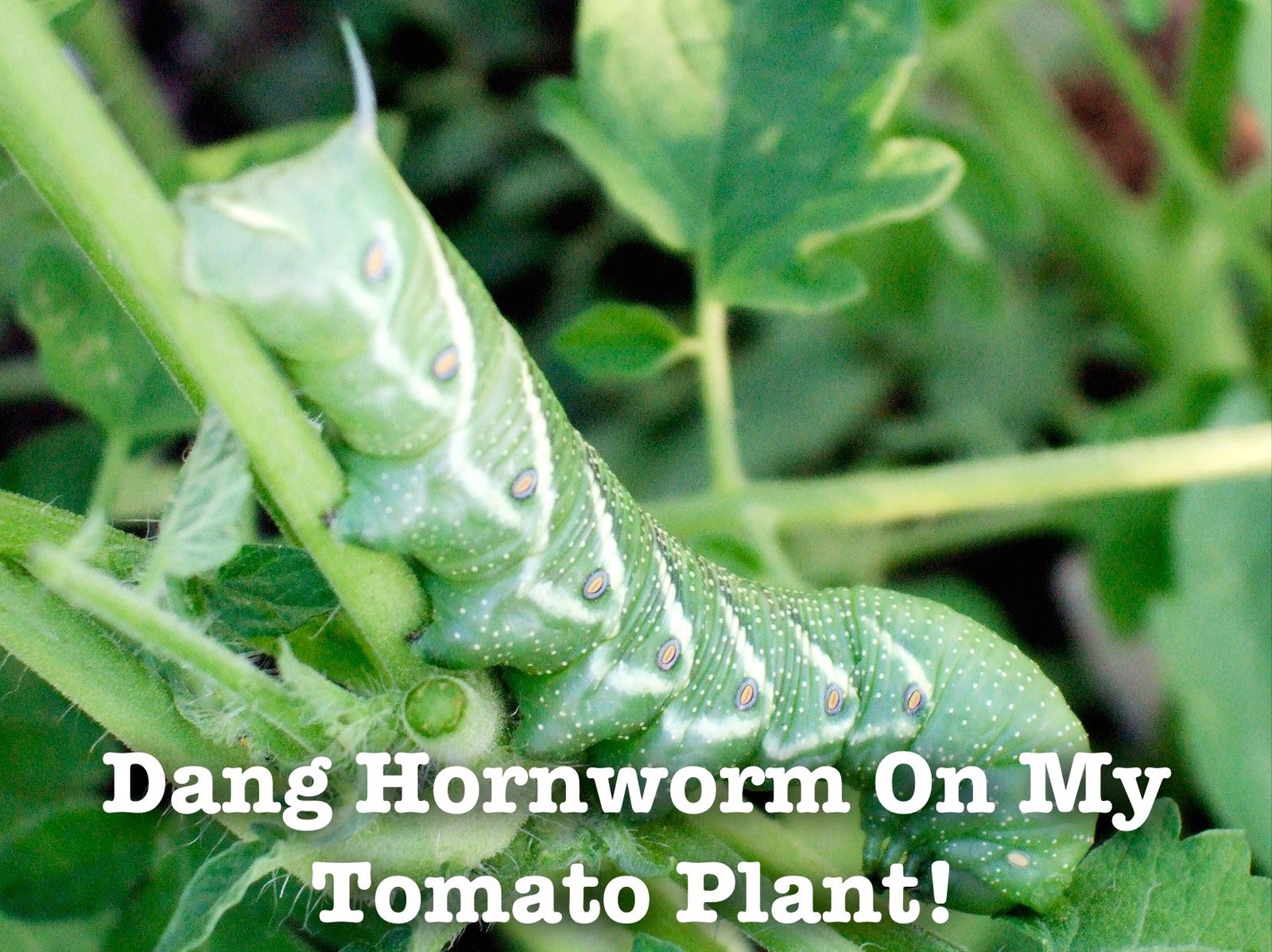
How to Get Rid of Hornworms on My Tomato Plants
Alright, let’s talk about what actually works.
At first, I tried the old-fashioned method — handpicking. Sounds simple enough, right? Except they blend in like pros. I’d stare at a plant for 5 minutes before spotting one, then get grossed out trying to pluck it off. It helped a little, but there were always more.
Then I tried a homemade spray with dish soap and water. That annoyed the worms but didn’t really get rid of them. Honestly, nothing worked well until I finally grabbed a bottle of Sevin Insect Killer Concentrate. I sprayed it late in the afternoon when the sun wasn’t too strong, and the next morning, not a single hornworm in sight.
If you’re dealing with a full-on hornworm invasion, here’s the hornworm killer that actually works. I don’t push products often, but this one saved my tomato season. No kidding.
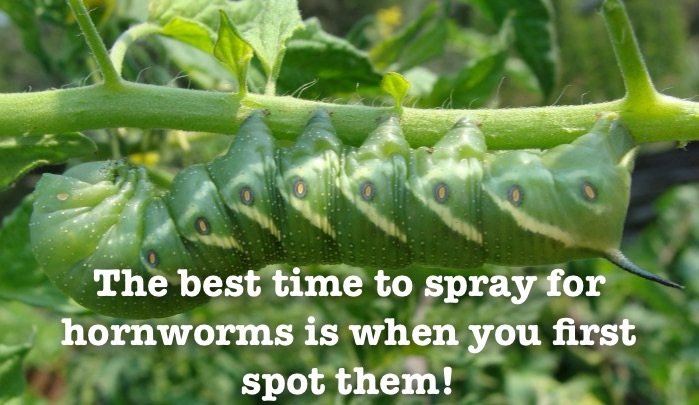
When Should I Spray for Hornworms?
Timing really matters when it comes to beating hornworms. These guys don’t show up in full force right when you plant — they sneak in mid to late season when your plants are nice and leafy, and that’s when they hit hard.
I learned the hard way that spraying too early is kind of pointless. But wait too long? You’ll walk out one morning and wonder if you imagined having a full tomato plant the day before. That’s why I now spray preventatively as soon as I start seeing any chew marks or missing leaves. Even one hornworm can do a lot of damage in a day or two.
The sweet spot for spraying is late evening or early morning — when the sun isn’t blazing. It gives the treatment time to settle in without getting burned off, and it’s safer for your plants. That’s exactly how I used the Sevin Insect Killer Concentrate and why it worked so well.

What Kills Hornworms But Won’t Harm My Tomatoes?
That’s the big question, right? You want something strong enough to stop hornworms in their tracks — but not so harsh that it hurts your tomato plants or the fruit you’re planning to eat.
Some sprays out there are way too intense or not meant for edible gardens, but that’s why I stuck with the product I mentioned earlier. The formula is made for fruits and veggies — including tomatoes — and that’s a big deal when you’re actually planning to eat what you grow.
You can also try natural methods like introducing parasitic wasps or using neem oil, but in my experience, those are hit-or-miss when the infestation is bad. When you’re losing leaves by the hour, you want something proven and fast.
That’s why I keep a backup bottle of this trusted insect control on hand too — because not every pest in the garden wears a green horn on its head.
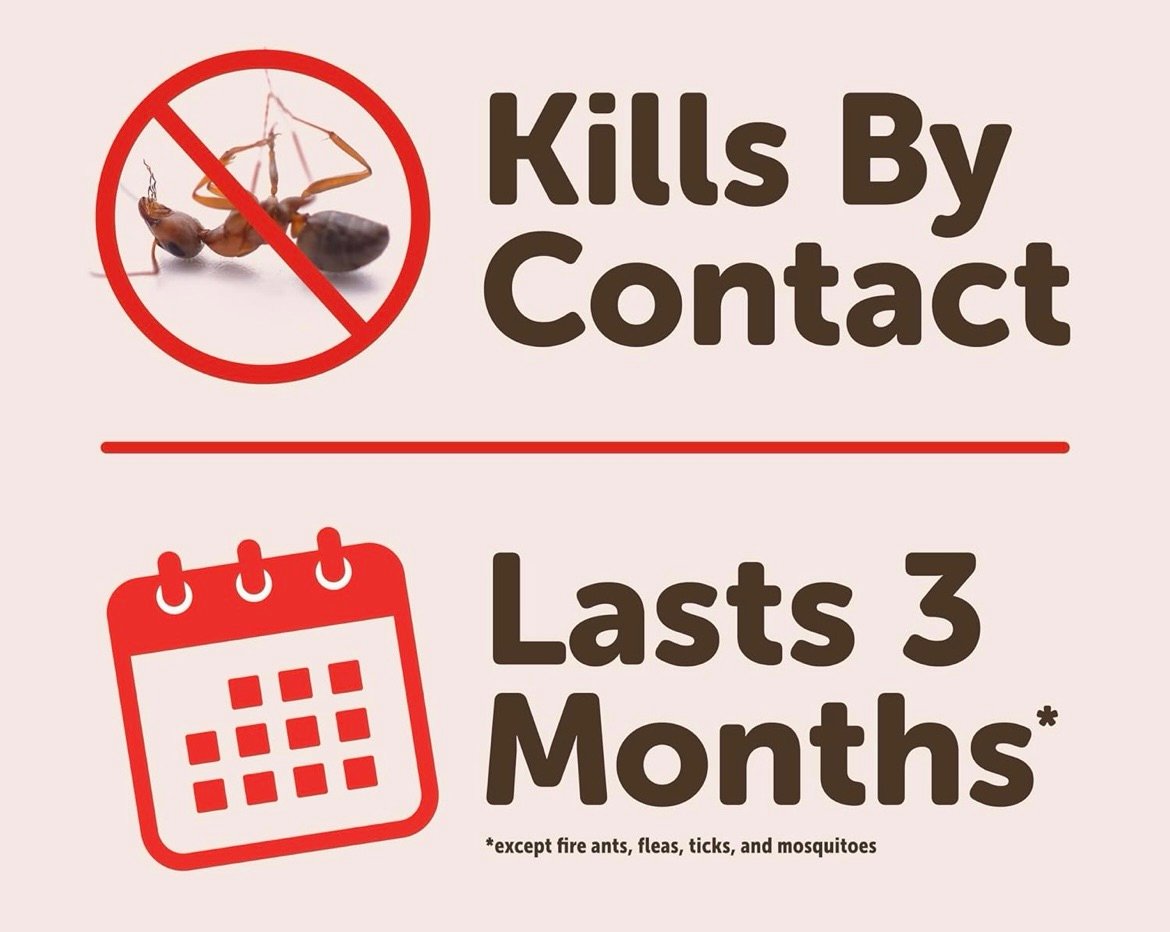
Can Hornworms Kill My Tomato Plants?
Absolutely — and I wish someone had warned me just how fast they can do it. Hornworms don’t just nibble a little here and there. They strip stems bare, chew into green tomatoes, and leave frass (yep, worm poop) all over the leaves like it’s their house now.
If you don’t catch them early, it’s not just about losing a few leaves. Your entire plant can be stunted or even collapse under stress. I had one season where I ignored a few bite marks, and a week later, I was tossing what used to be my best tomato plant into the compost pile. Lesson learned.
And the worst part? They often hide on the underside of branches, blending in perfectly with the green stems. That’s why I combine visual inspections with spraying. And when I do spray, I don’t mess around — I stick with something like the Sevin Insect Killer Concentrate because it doesn’t just slow them down — it knocks them out fast.
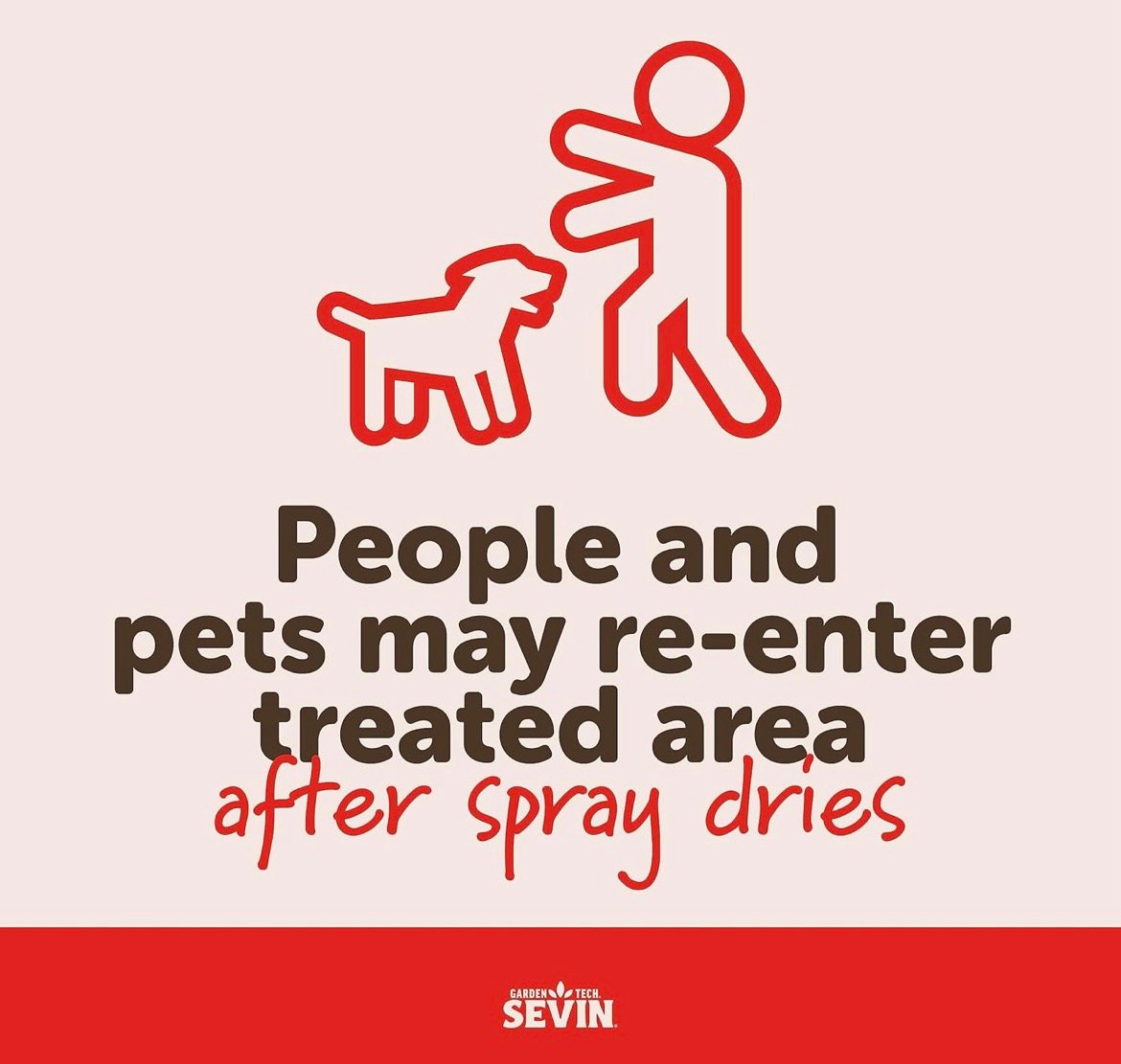
Are There Natural Ways to Control Tomato Hornworms?
There are — and I’ve tried most of them. Some work better than others depending on how early you catch the problem.
- Hand-picking: Yep, this one works. It’s gross, but if you’re checking your plants daily, you can usually spot and remove hornworms before they multiply. Look for chewed leaves and little black droppings — those are your clues.
- Parasitic wasps: These are nature’s little assassins. If you see a hornworm covered in white cocoons, don’t kill it— it’s already being handled by these beneficial bugs.
- Neem oil: A popular organic option that repels a wide range of insects, including hornworms. The downside is it needs repeated use and doesn’t work instantly like a stronger spray.
For minor issues, these are great. But when I walk out and see major damage overnight, I don’t hesitate to grab my go-to: a hornworm spray that’s made for tomato plants.
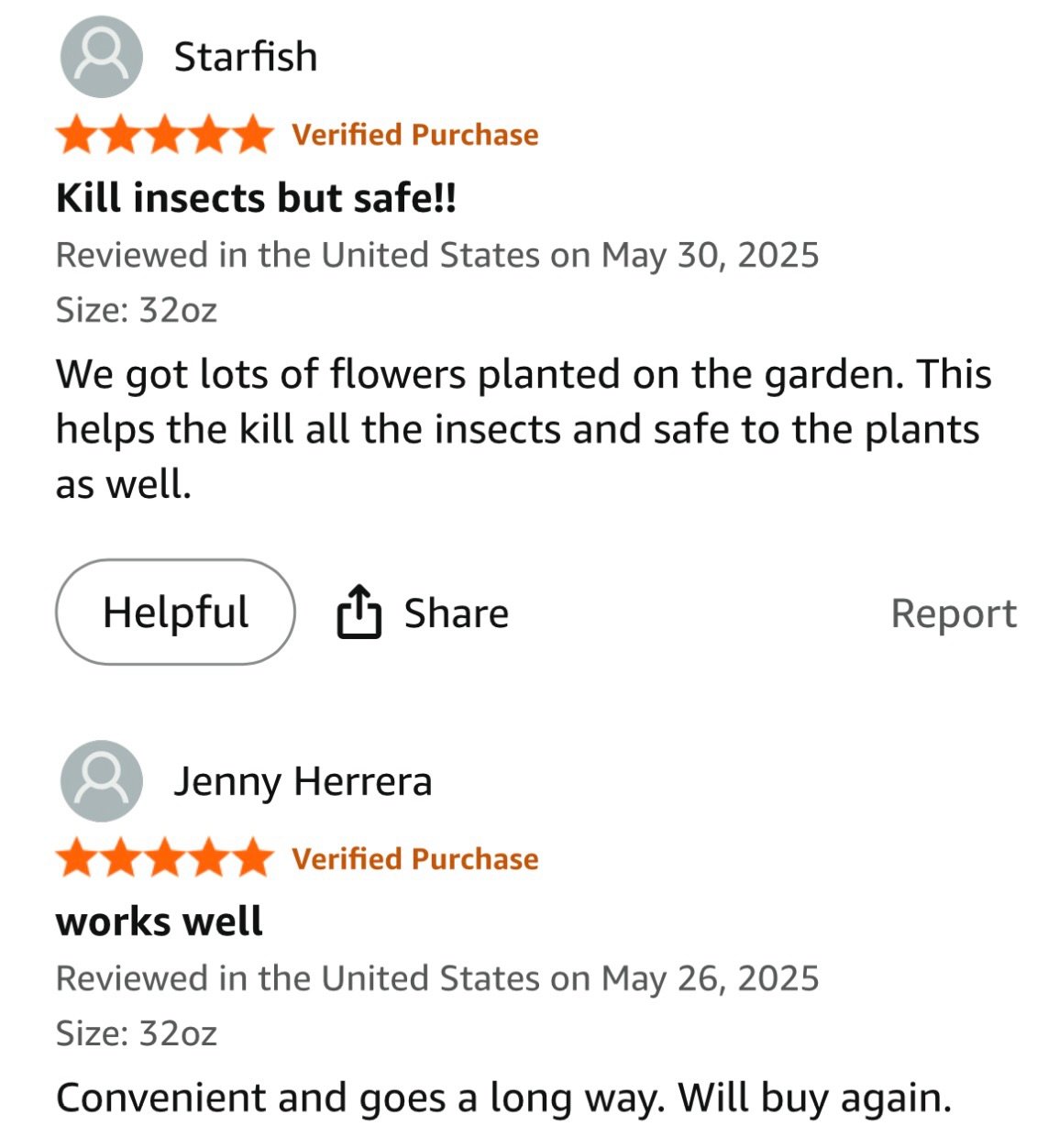
How Often Should I Spray for Hornworms?
Here’s the trick — it’s not just about spraying once and forgetting it. Hornworms can return, especially during warm stretches. I usually spray every 7 to 10 days, especially if I’ve seen damage or caught one crawling through the leaves.
After heavy rain? I spray again sooner. If your spray washes off, those worms will be back faster than you’d think. With something like Sevin Insect Killer Concentrate, I dilute it properly and apply it early in the morning so it can dry before the sun gets too hot.
It’s all about keeping your defenses up. Once they show up, they’re not likely to leave without a fight.
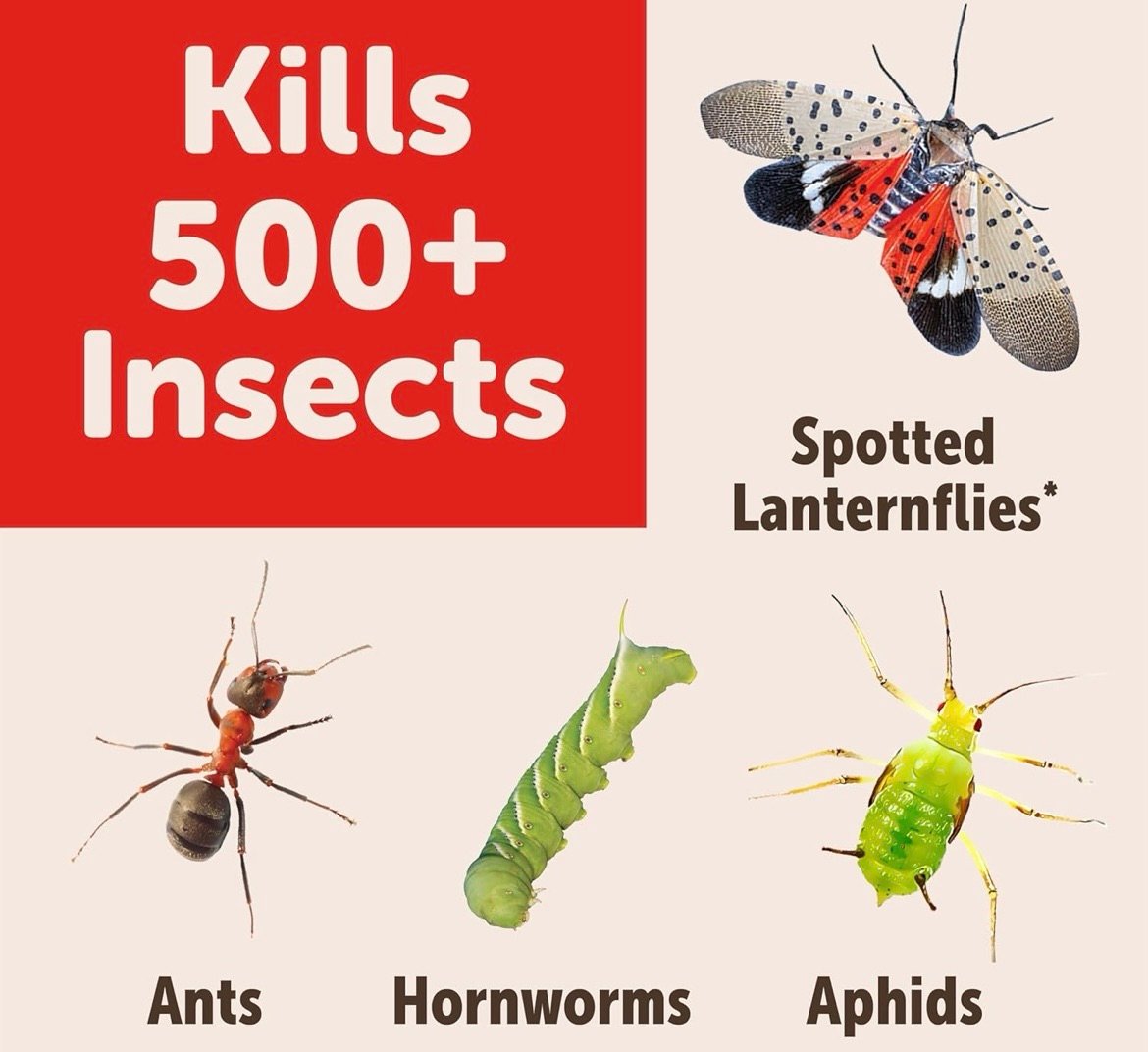
What Time of Day Is Best to Look for Hornworms?
Evenings — hands down. That’s when they’re most active, and that’s when I’ve had the best luck spotting them. Early mornings can work too, but they seem to do their worst munching after dinner.
Grab a flashlight and check under the leaves. They blend in with the stem color, so go slow and look for movement or chewed-up leaves. If you have a blacklight, they’ll glow slightly green under UV — kind of wild but super helpful for nighttime patrols.
Doing this regularly has saved my plants. It’s a habit now — almost like brushing my teeth but for tomatoes.
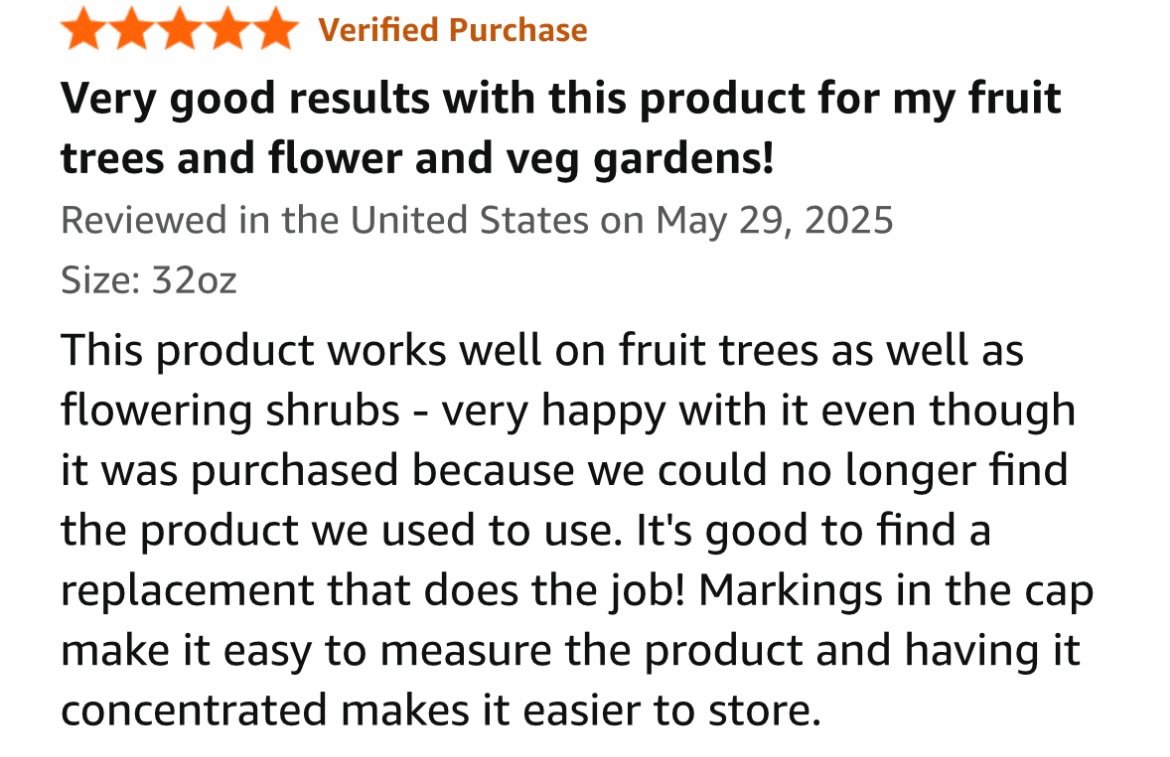
What Else Should I Watch for Besides the Worms Themselves?
Sometimes it’s the signs that tip you off before you even see a worm:
- Large chewed-out holes in your leaves or fruit
- Wilted branches, especially toward the top of the plant
- Black pellets (frass) on lower leaves or the ground — that’s their poop
- Sudden leaf loss near the top of the plant, almost overnight
If you spot any of these, it’s time to act fast. I always start by hand-checking, and if there’s more than one — I’m spraying with something proven to work, like this trusted tomato-safe spray or going straight for the Sevin hornworm killer.
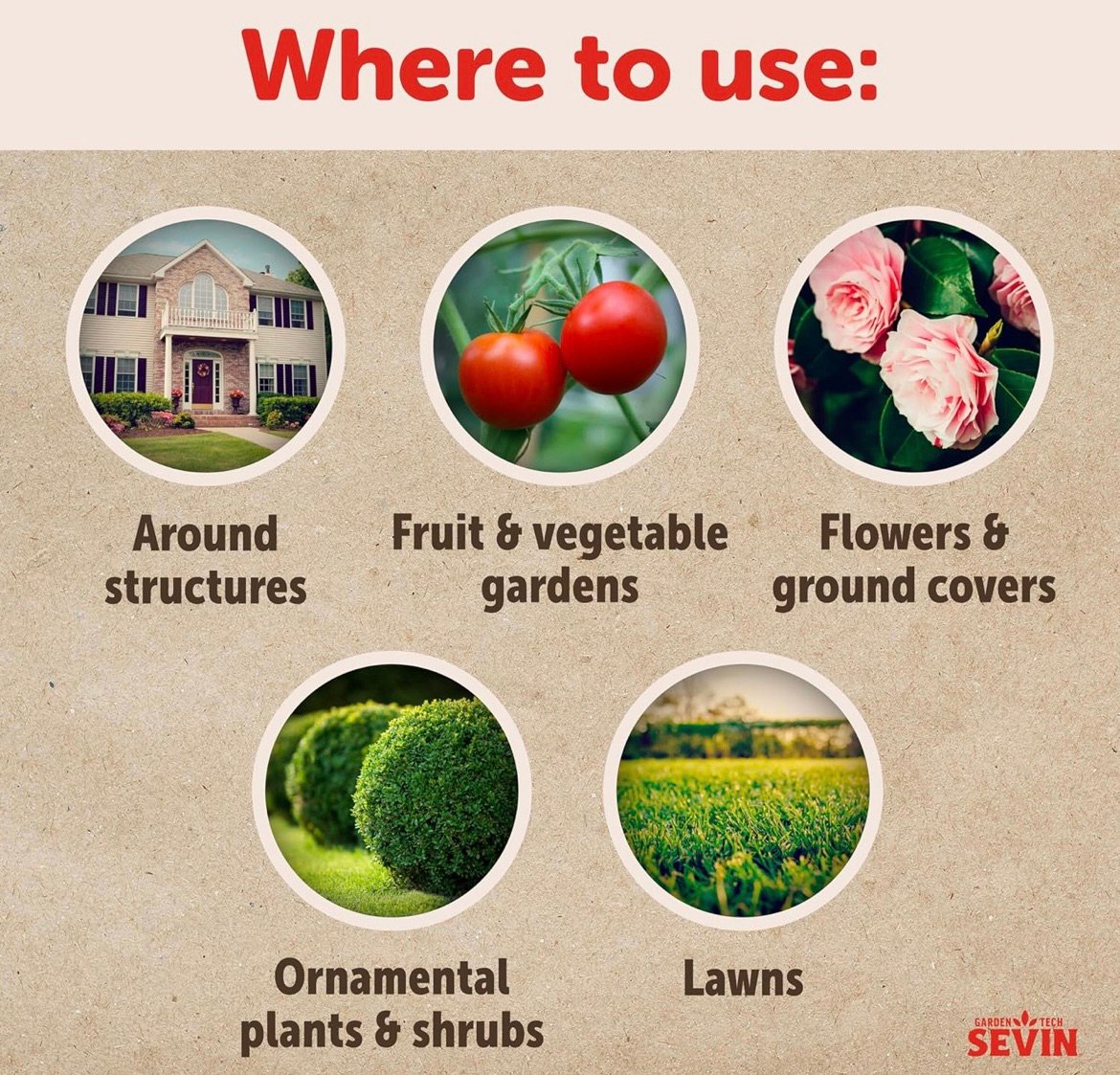
FAQ: Hornworms on Tomato Plants
How long do hornworms live?
In the larval stage — the part where they eat your plants — hornworms live for about 3 to 4 weeks. That’s more than enough time to destroy your tomato patch if you don’t step in quickly.
Can hornworms come back after I get rid of them?
Yes. If you don’t spray or remove eggs from leaves, another round can hatch in the same season. That’s why I keep up a regular check and reapply spray when needed.
Will hornworms eat other plants?
They love tomatoes the most, but hornworms will also chew on peppers, eggplants, and potatoes. I plant all of these in the same area, so I keep an eye on the whole garden.
Is Sevin safe for edible plants?
Yep — when used as directed. I only apply it before the fruit ripens and always wash tomatoes thoroughly. You can read more about my favorite hornworm treatment that actually works here.

Don’t Let Hornworms Win the Tomato War
I’ve learned this the hard way — ignoring one fat little hornworm can mean waking up to a half-naked tomato plant the next morning. These pests are sneaky, fast, and absolutely relentless once they start chomping. That’s why now, I stay ready.
From regular leaf-checks in the evening to keeping a bottle of Sevin Insect Killer Concentrate on standby, I’ve built a system that works. And when things get bad, I don’t hesitate to use it.
If you’re growing tomatoes and notice something’s off — leaves missing, poop-like pellets on the soil, or just a general look of sadness from your plants — trust your gut. A hornworm’s probably to blame. You can dig deeper into all kinds of tomato-growing problems I’ve faced and figured out too.
Take it from someone who’s been there: knowing how to get rid of hornworms on my tomato plants has saved entire harvests. And if I can stop them, so can you.
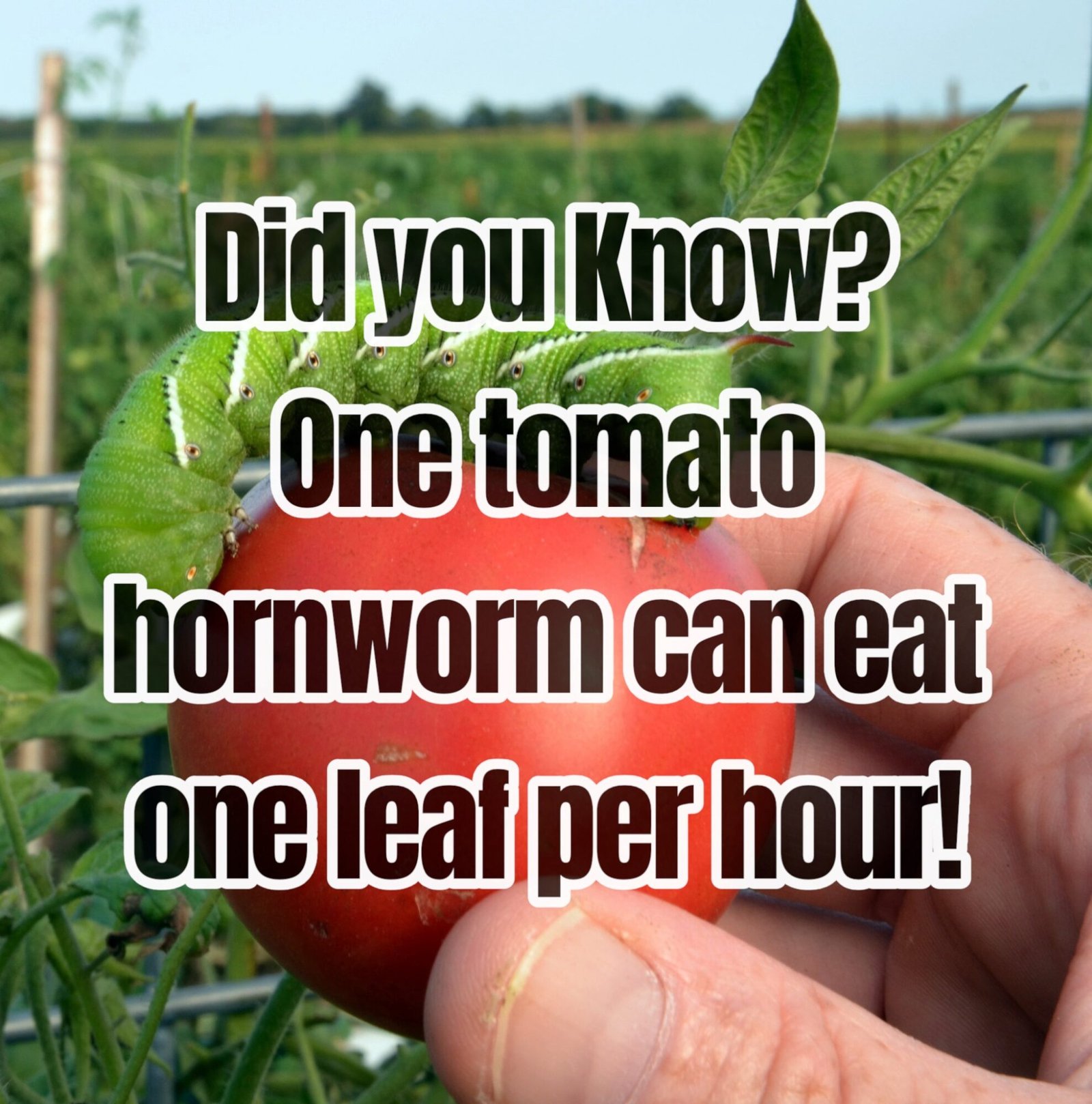
As an Amazon Associate we earn from qualifying purchases through some links in our articles.


